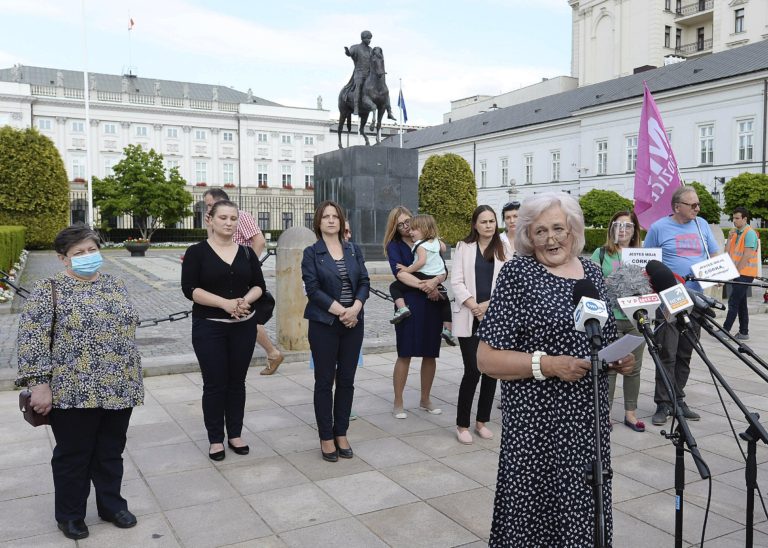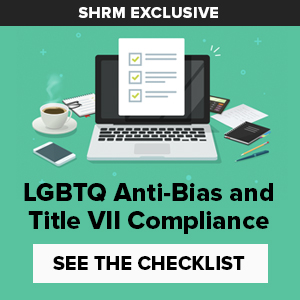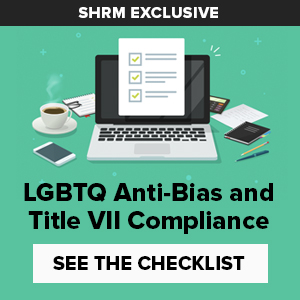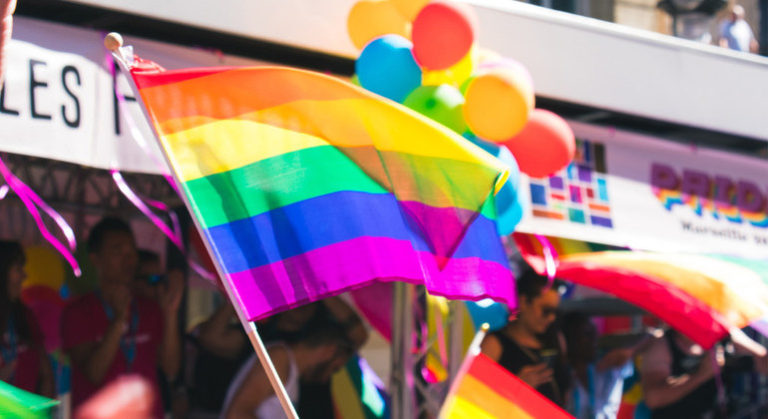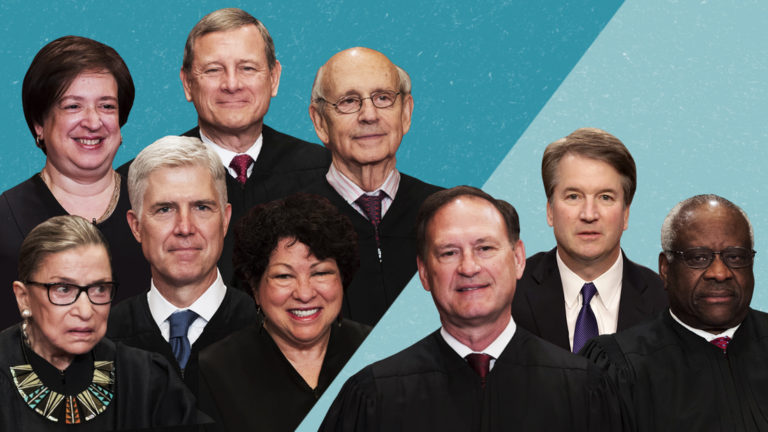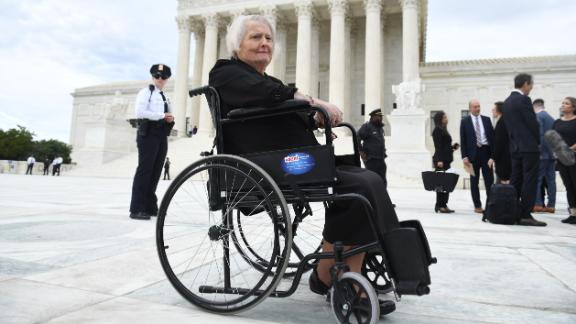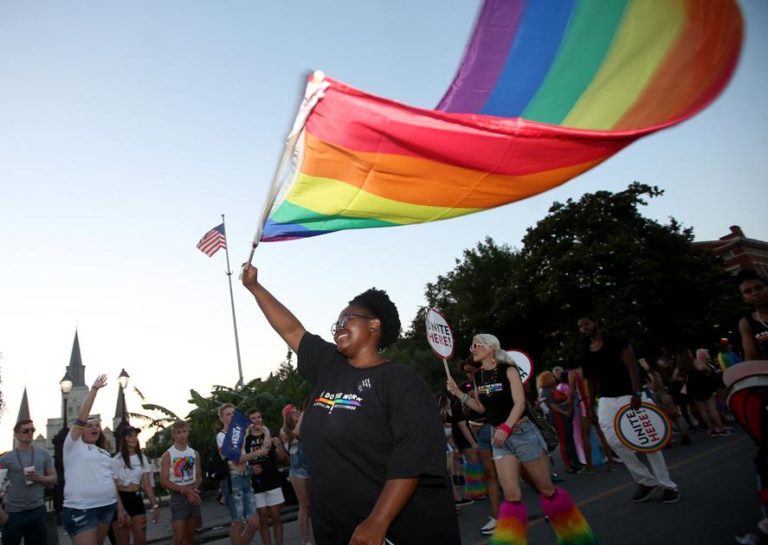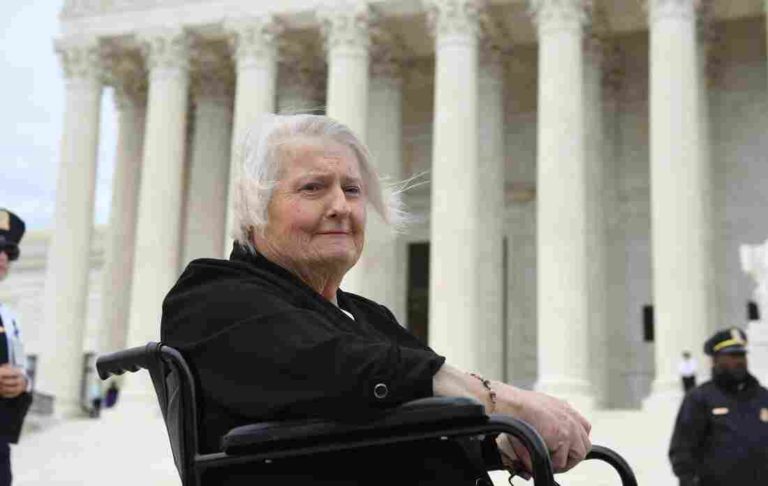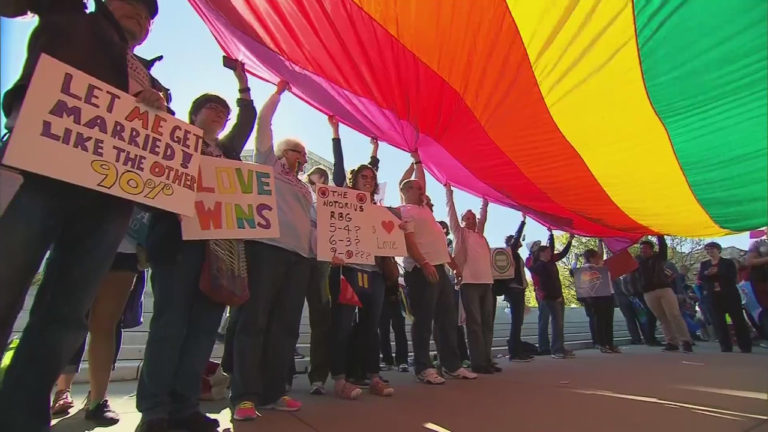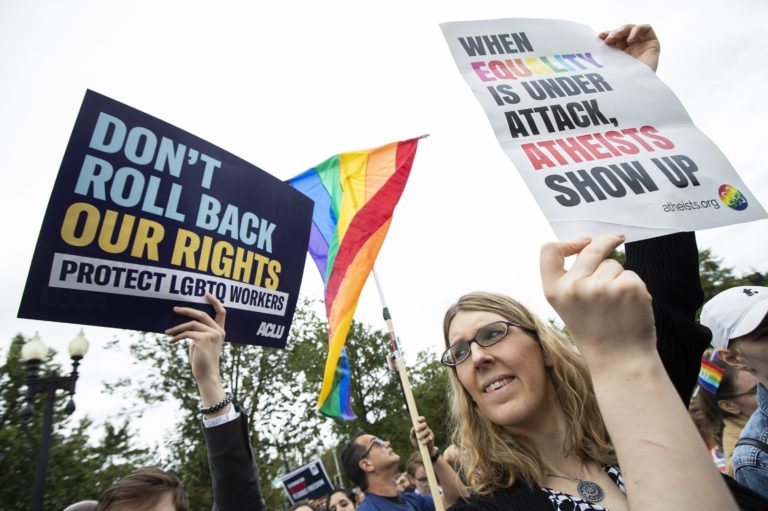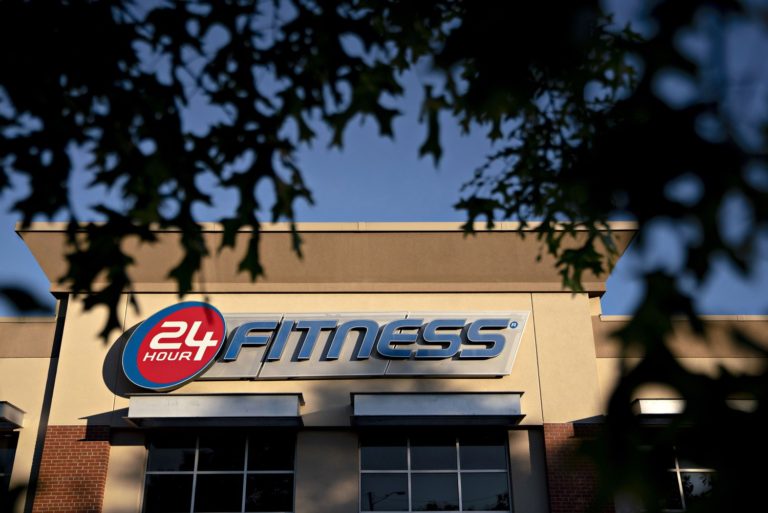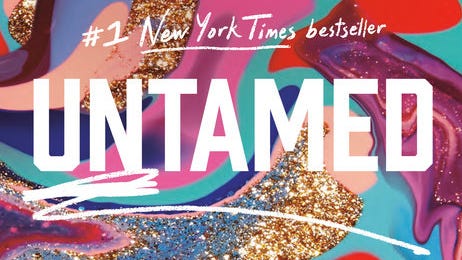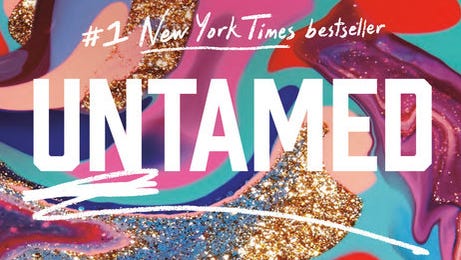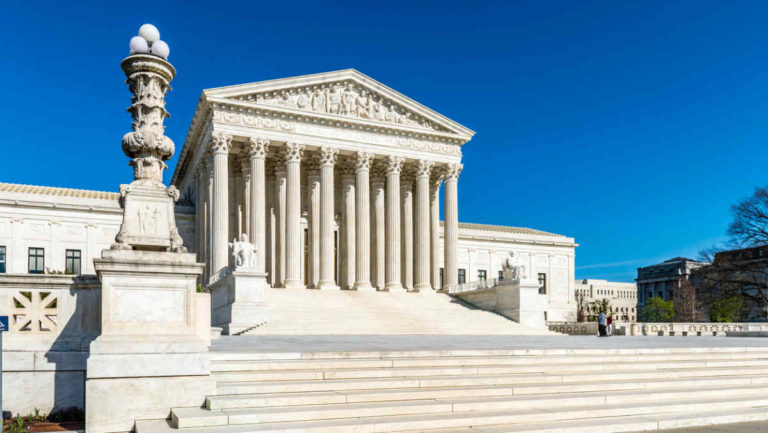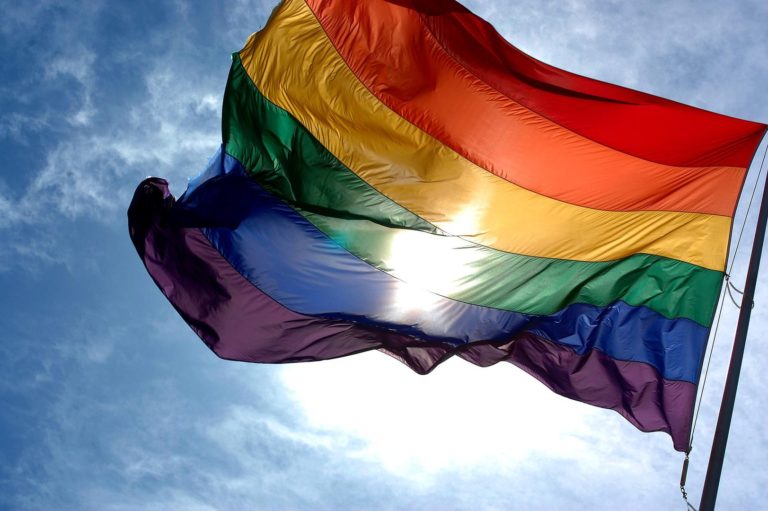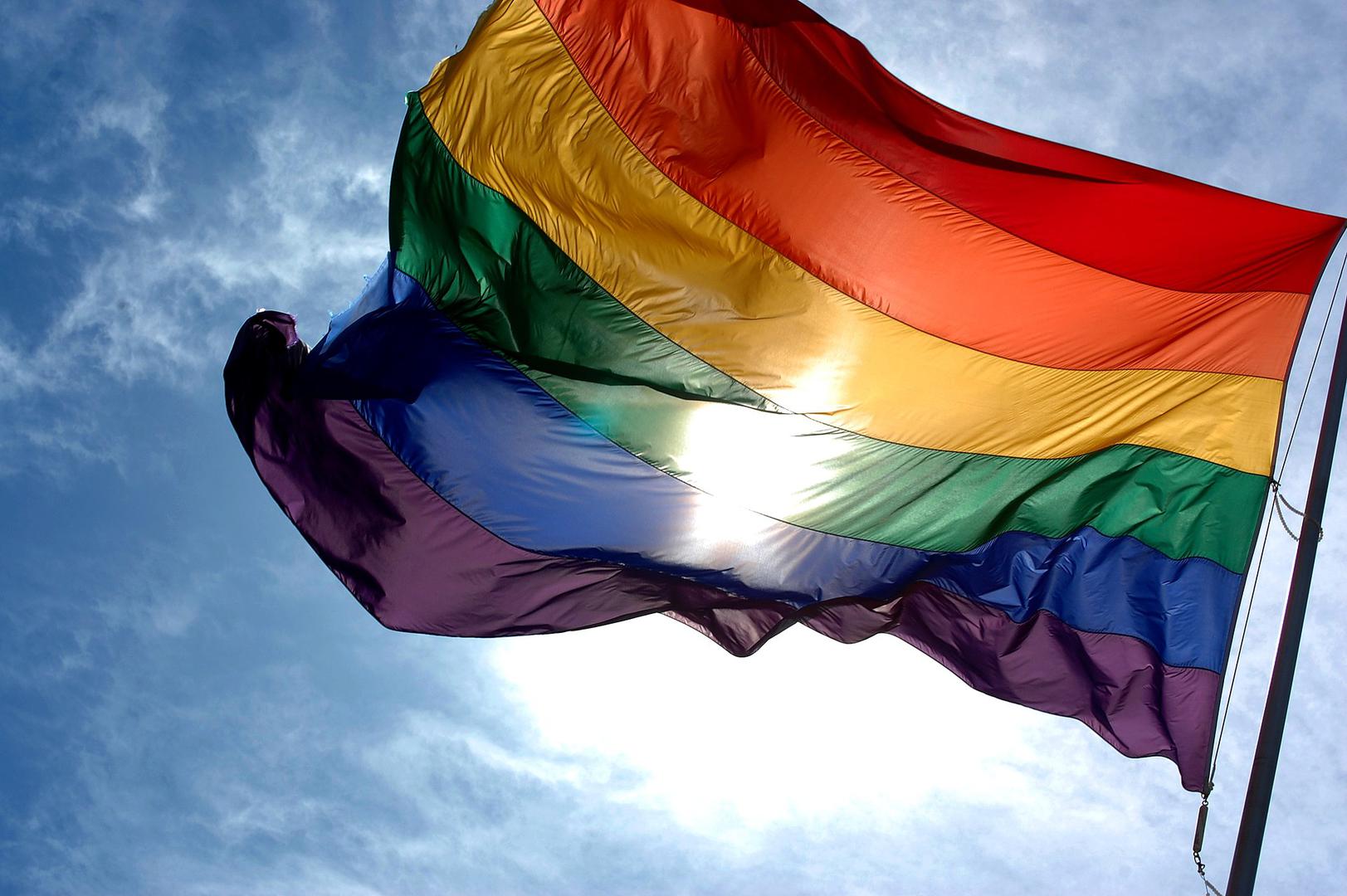Team Dresch’s song “Fagetarian and Dyke” is featured in our playlist of queer punk. Courtesy of Jealous Butcher Records hide caption
toggle caption
Courtesy of Jealous Butcher Records
Team Dresch’s song “Fagetarian and Dyke” is featured in our playlist of queer punk.
Courtesy of Jealous Butcher Records
Punk rock has 101 origin stories, and most of them are true. After all, punk rock springs from a myriad of local scenes, and is as much about the music as it is about the venues where it is performed, the audiences and listeners who participate in its performance, clothes and style, politics and approaches to the world. And punk has always had an affinity with sexual outsiders, from the Sex Pistols dressed in bondage gear from Vivienne Westwood and Malcolm McLaren’s infamous King’s Road boutique Sex, to the Buzzcocks’ pansexual anthem “Orgasm Addict.” “Queer punk” might be a redundancy then, if making belligerent, redundant, over-the-top statements at the top of your lungs wasn’t precisely what makes punk “punk” and queer “queer.”
The term “punk,” by the way, has a long queer history predating its use in contemporary music. A “punk” has always meant a person up to something disreputable and socially deviant. In Shakespeare’s English, it meant a female prostitute; later it also connoted young men who sold sex to older men. Punk and queer are a match made in the gutter. Punk rock embraces this abject status. It celebrates it and rejects the society that rejects it. It is all about bad behavior, anarchy, anti-sociality and noise. It is about claiming a freedom from dulling and hypocritical normative pressures. In other words, punk is queer.
Punk scenes, at least in their early stages, tended to be heterogeneous places. They were created by the rabble, the hoi polloi. Everybody was welcome. But these scenes struggled with homophobic, sexist and racist elements. There are plenty of examples of straight punks using queer sex as grossout punchlines. Punks have had to confront racism and fascism in the scene. There were serious cases; for example, the scene in 1980s San Francisco, when white supremacist organizations came down from their strongholds in Northern California and started talking to the local skin heads. This was disastrous for the scene, but queer and trans punks refused to concede ground, and so created scenes of their own. DIY publications, like G.B. Jones and Bruce La Bruce’s zine J.D.s out of Toronto, were a critical pre-Internet means of dreaming up queer punk worlds. Queercore and riot grrrl resisted oppressive homonormative tendencies found in mainstream LGBT organizing. “Losers, freaks, and deviants started this movement, not these control freaks,” says Penny Arcade in the 2017 documentary Queercore: How to Punk a Revolution.
Queers and punks don’t want network channel acceptance, corporate sponsorship or police protection. The key principle of punk has always been Do-it-Yourself. Anyone can be a musician or artist. Everything is up for grabs, to be torn apart and redone, preferably with car paint. Venues could be anywhere, from the local club whose owner was amenable to squatted spaces, like storefronts, abandoned factories and beer vats. The Deaf Club, for instance, was a deaf school in San Francisco that let punk bands perform because the noise didn’t bother them. Of course, there are always people aware of its marketability, but punk rock has a strange way of constantly changing, remaining ahead of the market or taking it back from the market and reusing it. And there are bands, including The B-52s out of Athens, Ga., that, although they became popular in the mainstream, still retained their queer edge and listenership.
Queer punk rock is angry, funny, ironic, deadly serious, political and studiously apathetic. But it is always questioning. We had a hard time coming up with an all-inclusive playlist until we realized that no such playlist could or should exist. As two black critics and fans of punk, we also could not go without remarking that we are putting this playlist together at a moment of uprising against white supremacy. Documentaries like the now-classic Afro-Punk delve into the contradictions of being black in a predominantly white scene, and since its release any number of acts — many on this list — have reclaimed the black roots of punk. Legendary LA punk drag icon Vaginal Davis named herself after black Marxist revolutionary Angela Davis. And since this is Pride month, it’s worth reminding ourselves that Stonewall was an anti-police riot, and that black and brown trans women like Sylvia Rivera and Marsha P. Johnson led the charge on the streets. As the world as we know it falls apart, punk rage and energy reminds us that we have always had the ability to wreck civilization and build new worlds.
This list is organized chronologically, as queer punk has a very different timeline than can be captured by the usual pre- and post-punk categorizations. Considering the genealogy of queer punk make us reperiodize punk rock itself.
You can stream this playlist via Spotify or Apple Music.
1970—1980s
The Slits “Typical Girls”
Perhaps the most well-known all-women punk rock band, The Slits formed in 1977, the magic year that the two sevens clashed. Ari Up, Palmolive, Tessa Pollitt and Viv Albertine were consummate performers who sometimes took their actions to the streets, as when they changed their clothes in the doorway of a bank, harassing the titillated and uncomfortable male gawkers. Musically, “Typical Girls” shows the close affinity that formed between Jamaican/English dub music and punk rock.
The Ramones, “53rd and 3rd”
An ode to male hustling in mid-town Manhattan’s Loop from one of the founding bands of punk, “53rd and 3rd” was written by Ramones bassist Dee Dee Ramone, allegedly from life experience “trying to turn a trick” in a notorious cruising area, but being “the one they never pick.”
Jayne County, “Man Enough to Be A Woman”
Jayne County was a Warhol superstar and mainstay of the scene around Max’s Kansas City, the famous 1970s club in downtown Manhattan. Also involved in experimental theater, County was the most visible, and audible, transgender performer in New York punk.
Nervous Gender, “Confession”
LA punk scene legends Nervous Gender are remembered both for the iconic androgyny of guitarist and vocalist Phranc and the profane pyrotechnics on full display in songs like “Confession.”
Castration Squad, “The X-Girlfriend”
With Alice Bag of The Bags on bass and Nervous Gender’s Phranc occasionally sitting in, Castration Squad was the most influential all-female punk band in late 1970s LA to never release a record. Live footage and demos of songs like “The X-Girlfriend” make clear why they would influence riot grrrl and queercore decades later.
The B-52s, “Lava”
The B-52s are perhaps the most well-known of bands across the spectrum, blending mid-century pop, punk rock and camp culture in equal measure. Though “Rock Lobster,” the band’s first single, and “Private Idaho” are its hits from the charts, many of the group’s other songs have an equally long reach through the years. “Lava,” the band’s song of love, spunk and orgasm, is from The B-52s eponymous first album, released in 1979.
Au Pairs “Diet”
The Au Pairs formed in Birmingham, UK in 1978, with the out lesbian lead singer Leslie Wood. Its 1981 album Playing with a Different Sex is classic; Woods’ memorable radical feminist lyrics timeless.
Pansy Division, “Fem in a Black Leather Jacket”
Fun-loving Bay Area gay rock mainstays Pansy Division brought homopunk to the masses when the group toured with Green Day in the 1990s.
Pedro, Muriel, and Esther, “Closet Case”
The LA-cum-Berlin drag legend Vaginal Davis has fronted a series of legendary underground bands since the 1970s, including The Afro Sisters, Cholita! and Black Fag. PME is vintage Davis queercore, and the dissonance of “Closet Case” only intensifies when Davis performs in what José Muñoz called “terrorist drag”: her white power masculine alter ego savagely parodies white supremacy through her statesque black presence.
1990s—2000s
Team Dresch, “Fagetarian and Dyke”
Formed in 1990, queercore band Team Dresch (named for founder Donna Dresch) was famous for its in-his-face sexual f***ery. The band reunited in 2019 for a tour and, responding to popular demand, has reissued its catalogue. Its music is always about disrupting the sedimentation of gender and sexuality; claiming terms like”dyke” meant a political break with moderate and conservative lesbians.
Limp Wrist, “I Love Hardcore Boys / I Love Boys Hardcore”
One minute of thrashing, straight-edge wonder Limp Wrist, a hardcore band fronted by Martin Sorrondeguy, who also sings lead vocals for Los Crudos, and brings both Latinx and queer issues to the hardcore scene.
Skunk Anansie, “Intellectualize My Blackness”
No genre label seems quite big enough to fit the voice of Skin (born Deborah Anne Dyer), lead singer of the UK’s Skunk Anansie. But in attitude and politics, she is all punk. “Weak” remains the best-known song off the group’s debut album, Paranoid and Sunburnt (1995), but this deep cut is revelatory for the focused political rage the openly bisexual Skin brought to the era of Britpop.
Bikini Kill, “Rebel Girl”
An iconic song from the iconic band of the riot grrrl scene, formed in Olympia, Wash. in 1990.
Sleater-Kinney, “I Wanna Be Your Joey Ramone”
Perhaps the most influential band to emerge out of the Olympia, Wash. scene, the duo Corin Tucker and Carrie Brownstein tipped a hat to a punk legend on this 1990s track, off Sleater-Kinney’s critically lauded second album Call the Doctor, in the process redefining what it meant to be “the queen(s) of rock and roll.”
Gossip, “Standing in the Way of Control”
Beth Ditto’s powerhouse vocals, which made the Gossip an instant stand-out in the Olympia, Wash. scene, are on full display in the title track off its third album.
Le Tigre, “Deceptacon”
We may never know who took the bomp from the bompalompalomp, but maybe we never really needed to. Kathleen Hanna’s next band after Bikini Kill, Le Tigre’s sound was an infectious hip check of the mainstream appropriation of girl power, waged on pop’s own terms.
Erase Errata, “Tongue Tied”
One of our younger bands, Erase Errata formed in San Francisco in 1999. “Tongue Tied” in from its first album, released in 2001.
Tamar-kali, “Boot”
Tamar-kali was an unforgettable presence in James Spooner’s 2003 documentary Afro-Punk and her music has gone on to inspire a generation of queer and gender-nonconforming black femmes to find their voice in punk. “Boot” is off her debut EP Geechee Goddess Hardcore Warrior.
2010s-2020
The Soft Pink Truth, “I Owe it to the Girls”
Continuing the thread of punk homage, Matmos’ Drew Daniels here goes solo to cover Florida’s Teddy and the Frat Girls’ “I Owe it to the Girls,” recasting its ominous whispers and screams into glitchy electro-house.
Kalup Linzy, “A******”
Hailing from Stuckey, Fla., video and performance artist Kalup Linzy has an extensive catalog of lo-fi musical releases, often featuring just him and his keyboard, that draw upon the bawdy tradition of R&B rappers and vocalists like Millie Jackson.
Worriers, “Yes All Cops”
Worriers was formed in 2011 in Brooklyn by the artist Lauren Denitzio, and this 2015 track reflects the changing terms of what queerness can mean. With “Yes All Cops” Worriers gives us a song for our apocalyptic times, and tie us to the history of queer and black activism.

